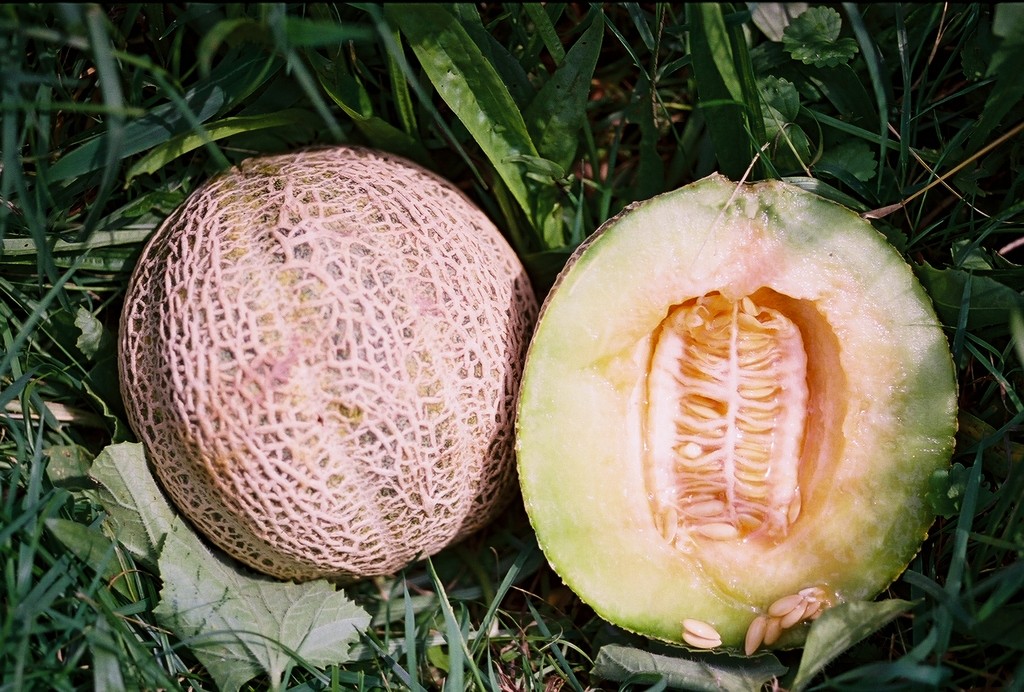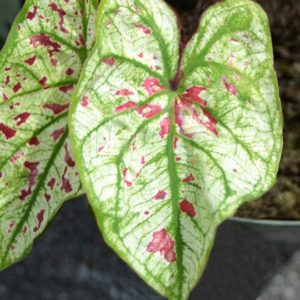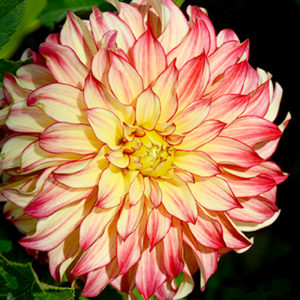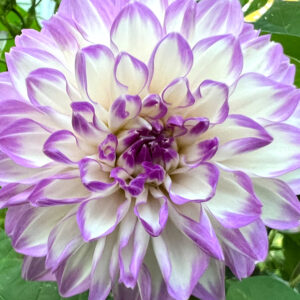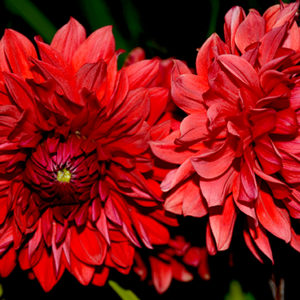Description
 Melon, Rocky Ford aka Edens Gem
Melon, Rocky Ford aka Edens Gem
Melons are native to the continent of Africa. Many wild forms of melons and watermelons can still be found there today. Though it is not known when melons were first cultivated, it is believed that prehistoric man may have gathered and saved the seeds of the sweetest melons, and this practice lead to cultivation. Seeds and wall paintings found in Egyptian tombs indicate that melons and watermelons were under cultivation in Egypt at least 4000 years ago. Melons were introduced into Asia about 3000 years ago. The melon became immensely popular in the region that includes Iran, Iraq, Afghanistan, India, south and central Russia, China and Japan. The Greeks and Romans most likely introduced the melon into Europe. Columbus brought melons to the New World on his second voyage, and by 1494 melons were under cultivation in Haiti. By the 16th century, melons and watermelons were being cultivated through out North and South America.
Muskmelons and their close relatives, Persian melons, are the melons Americans know best. In America, muskmelons are frequently, incorrectly referred to as cantaloupes. Muskmelons are distinctive for the netting that covers most of their rind, and they are usually ribbed. The melons come in many sizes and shapes including round, oval, and cylindrical. The flesh is generally orange and quite sweet, but some varieties of muskmelon and specifically, the Persian melons, can have green or white flesh. Some green-fleshed melons are quite sweet, but most of the green- and white-fleshed melons have a less sweet, but very refreshing flavor.

